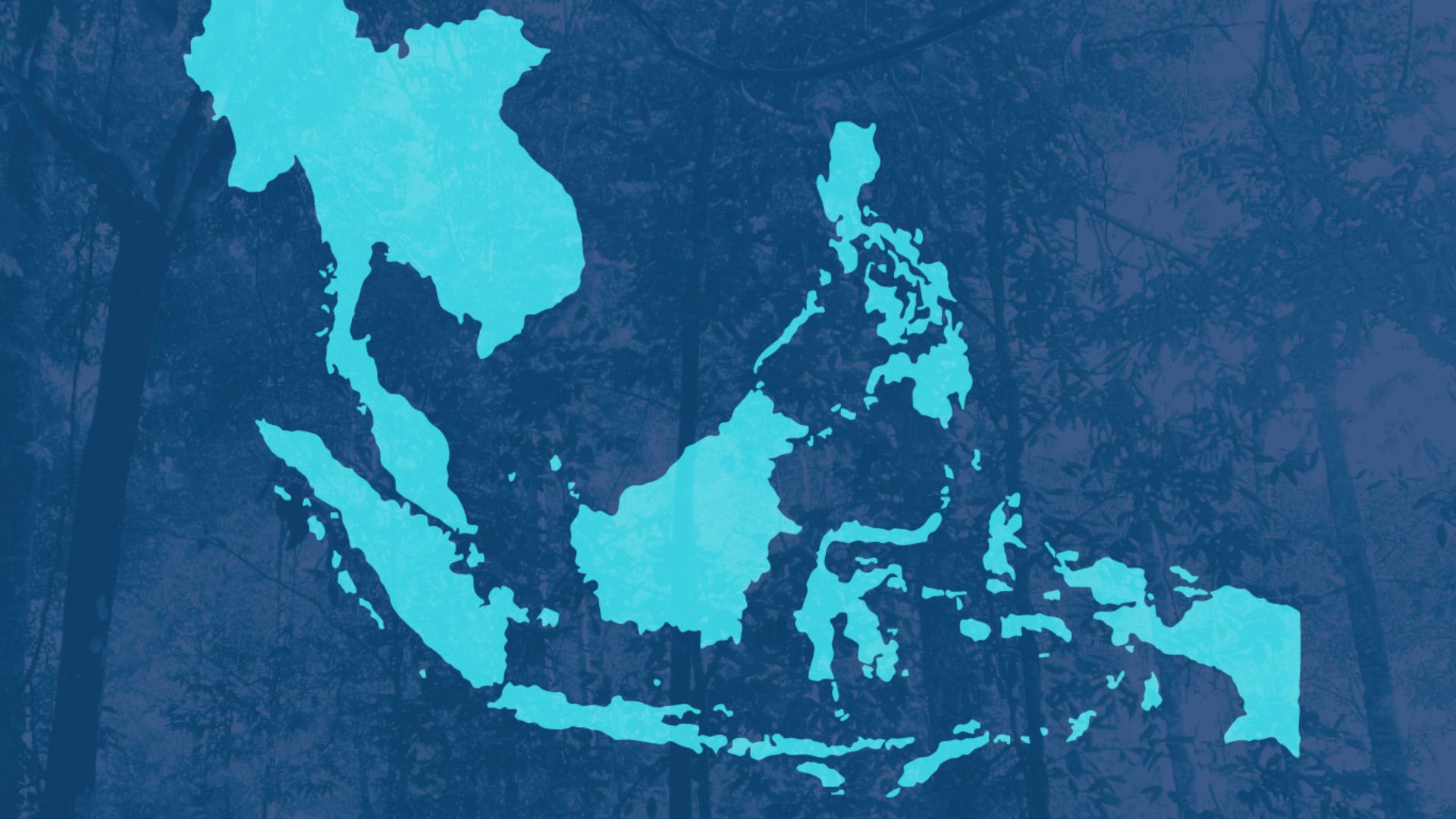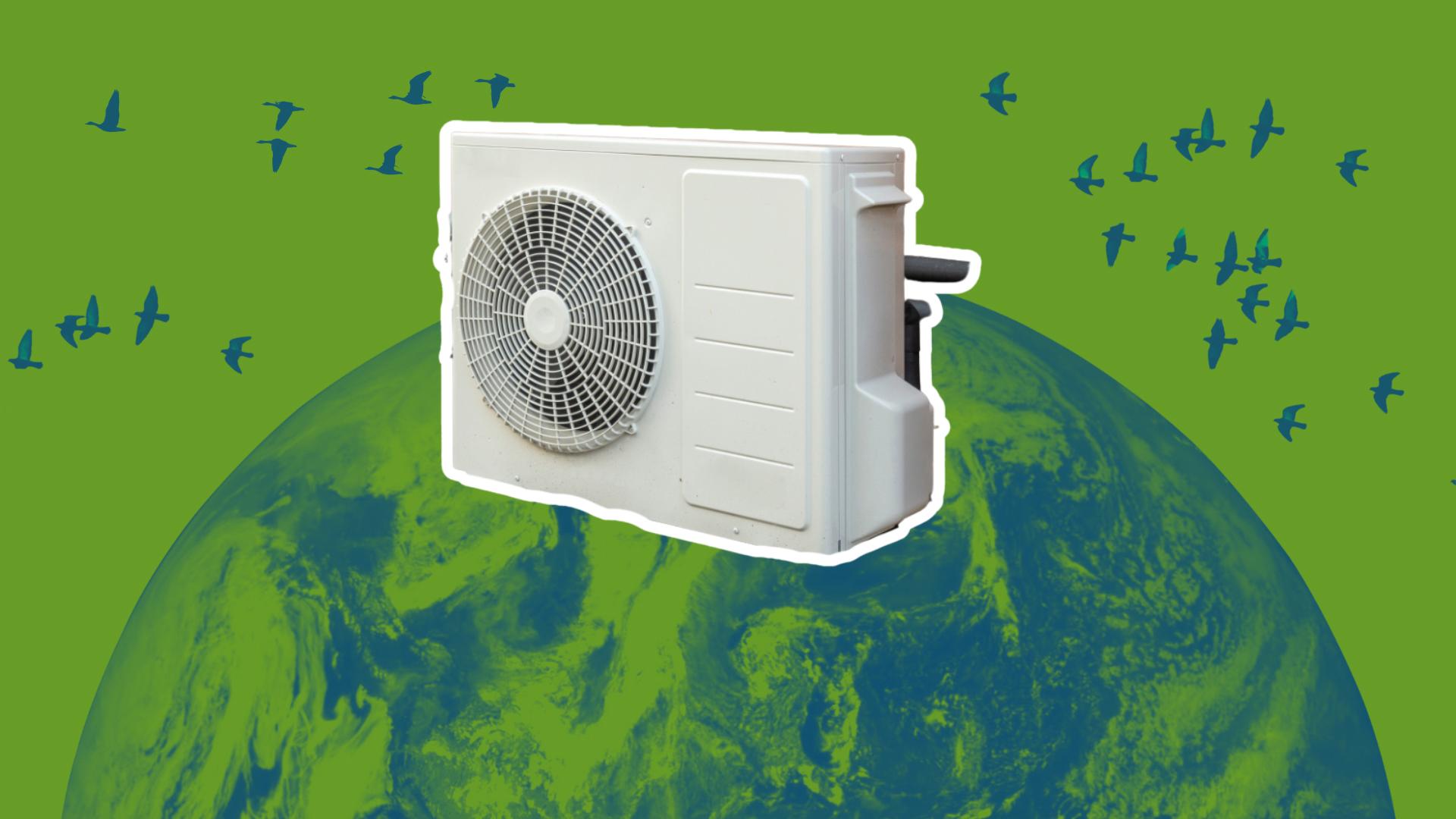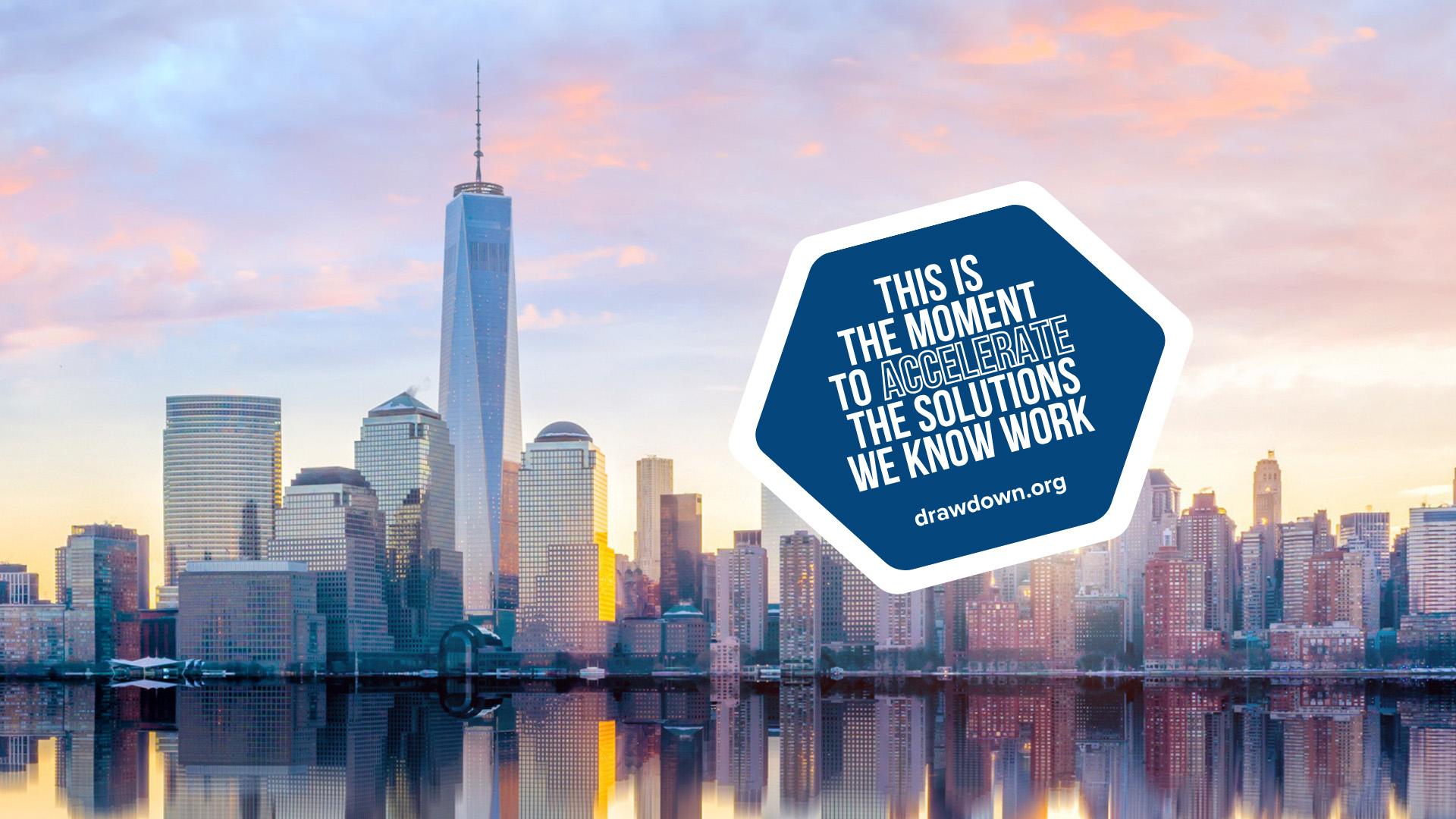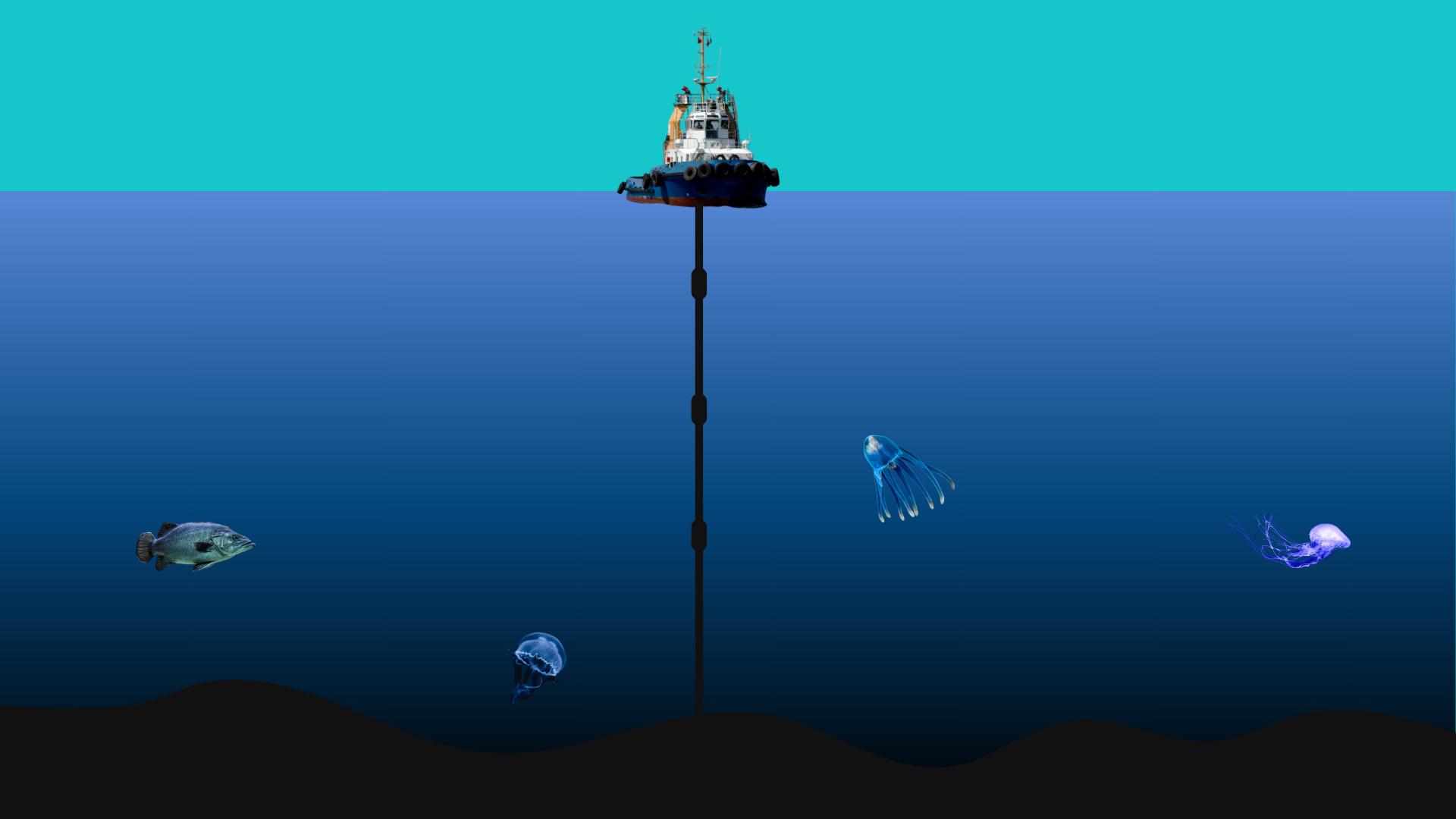I get it. I am a parent of two sons and an educator who has taught 8th to 12th graders. But I’m also the managing director of Project Drawdown, so I spend a lot of time thinking about climate change.
Through all of these experiences, I’ve found that the best way to connect with kids about climate change is to meet them where they are by listening, learning, and finding community. I hope the suggestions below will support you and the kids in your life on your climate change journey because we truly need everyone to join the conversation.
Listen
I’m a naturally chatty person, and my dad has a habit of reminding me that we have one mouth and two ears and should use them in proportion. I try to remember his “suggestion” when kids in my life want to talk about climate change. As a trusted adult in their lives, I know it is up to me to create a comfortable and safe space where they can voice their worries and ask questions without judgment. Kids have heard bits and pieces about climate change from various sources, and I can listen, understand their perspectives, and address their concerns.
The scale of climate change can be overwhelming, and eco-anxiety is a real issue, even for children. It’s important to acknowledge their feelings and provide reassurance. Explain that while climate change is a big problem, there are many brilliant people working on solutions and even more people around the world taking small but meaningful actions in their own lives. Provide concrete actions kids can take at home, at school, and in your community to implement climate change solutions. Remind them that the weight of the world doesn’t rest solely on their shoulders, and by working together, we can create a brighter, more resilient planet.
It’s also important to recognize when kids just want to share their feelings and when they want help actively seeking out solutions. Sometimes a sympathetic set of ears is all they – or any of us – need.
Learn
Encourage kids to be curious and ask questions about climate change. Dive into the science behind the problem and the solutions. One of the challenges of understanding climate change is that the main culprit – heat-trapping greenhouse gases – is invisible. Find ways to help children visualize the problem and the solutions. Use graphics, animations, and interactive apps to show how emissions contribute to climate change. Demonstrate with experiments how renewable energy sources work or how trees absorb carbon dioxide. Play games like Daybreak that provide kids with agency and teach them about the wide array of solutions we can implement. Making the invisible visible can help children grasp the concept more concretely. Links to age-appropriate resources are below.












